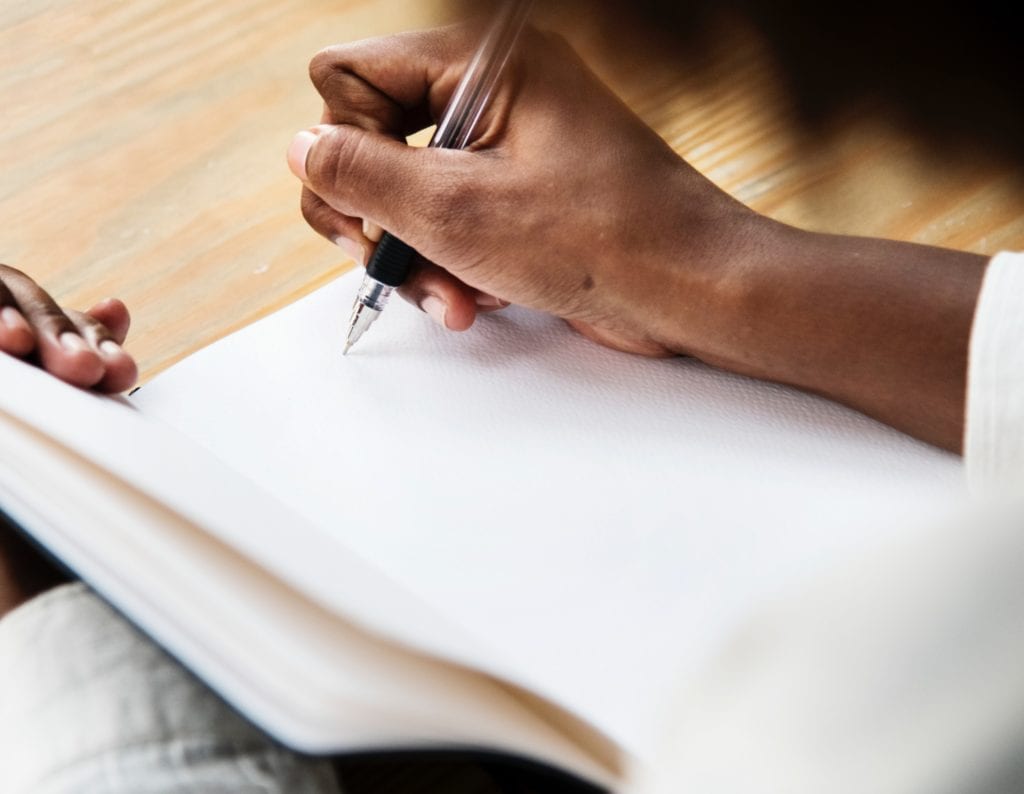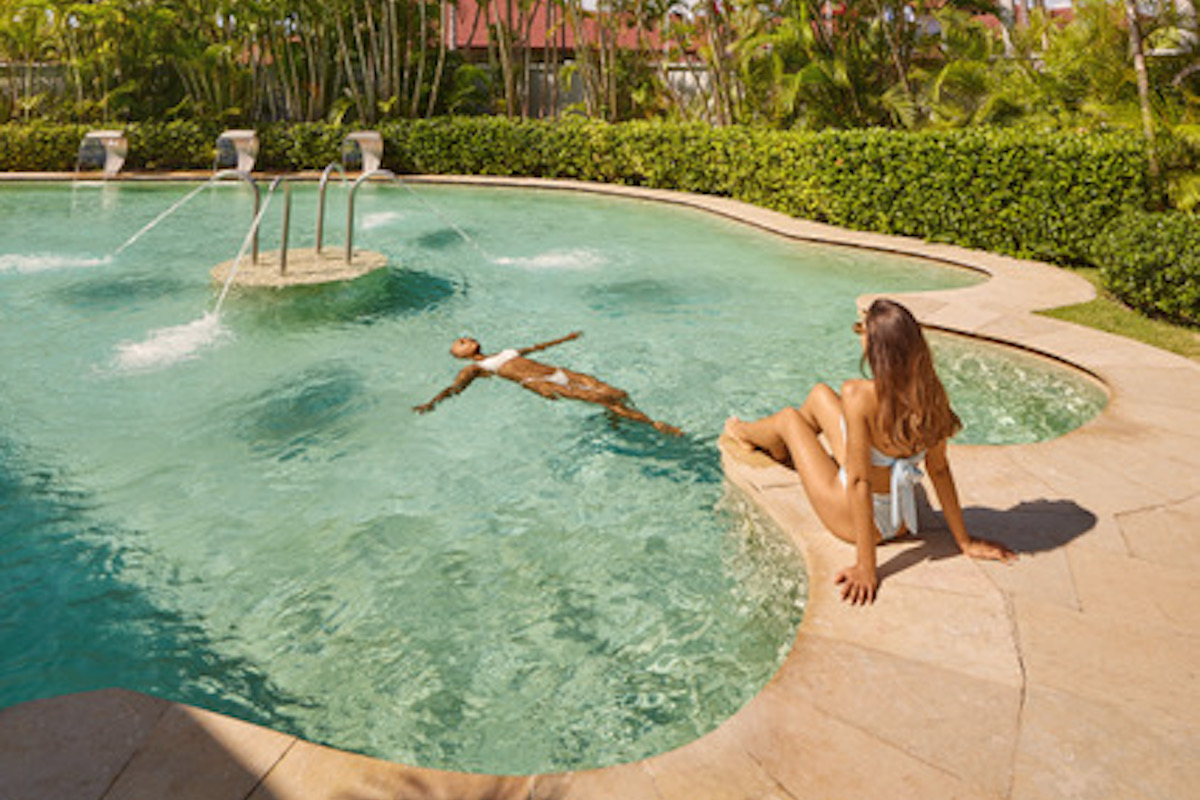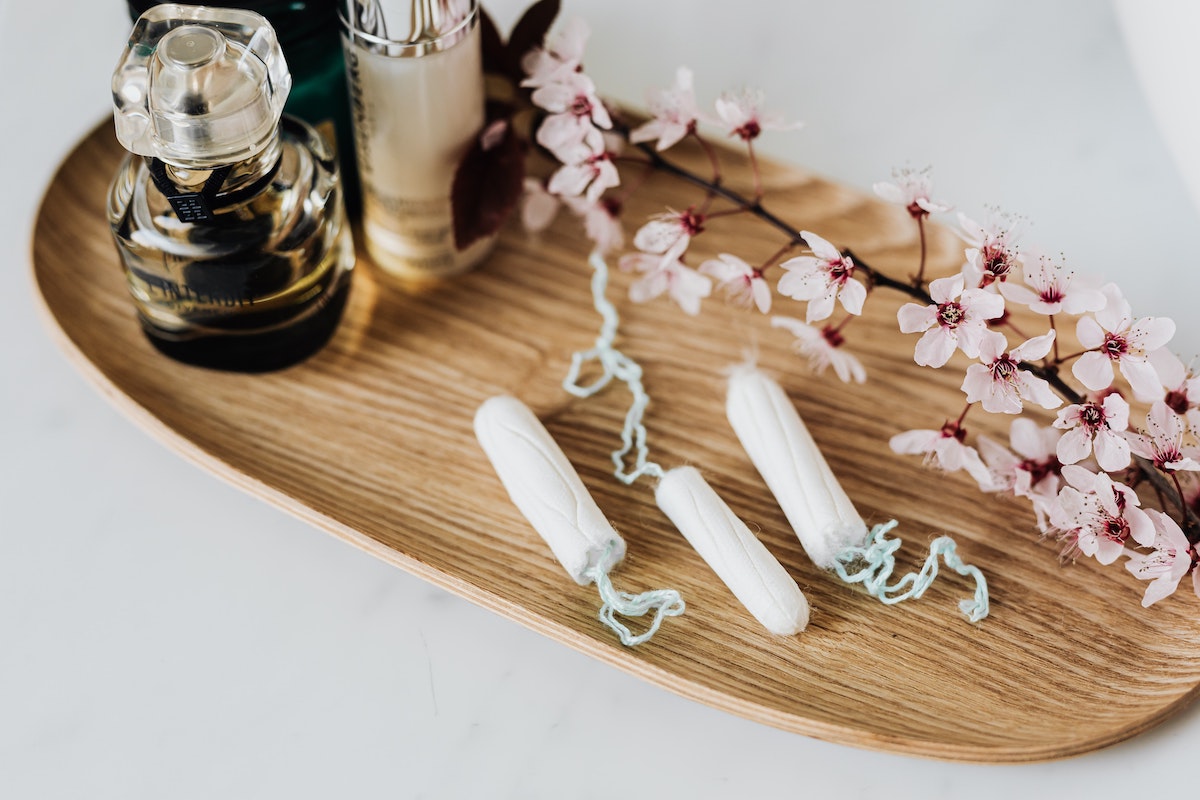How to Choose a Journaling Style Based on Your Personality
I just googled “how to write a journal,” which feels a little silly. We all know how to write in a diary, don’t we? Actually, as it turns out – we don’t!
According to the world wide web, there are tons of questions and just as many resources out there for how to write a journal, which, by the way, is supposed to help reduce stress, solve problems, and improve how you get along better with others. Win-win, right? Now, if only we knew where to get started.
My quick search on “how to journal” did the opposite of reducing stress, so let’s try something else. We’ve laid out some of our favorite journaling style options and paired them with various interests and personality. Take your pick and pick up your pen. Dear Diary… it’s nice to meet you.

For the Processor… Unstructured Journaling
We’ll start with the basics. Classic, stream-of-consciousness journaling is ideal for working through emotions and events via writing. If you’re someone who requires time to think and process how you feel, this method is for you.
As you’re getting started, set aside designated time each day or week to write in your journal. As a newbie, you might feel like you have nothing to write, or feel too much pressure to write well. Don’t do that! Forget everything you know about good writing and storytelling, and just start getting your thoughts – any thoughts – down on paper. You might be surprised by what you end up jotting down and how it helps you understand your feelings.
For the Planner… Vision Journaling
Do you have a dream but don’t know where to start? Keeping a vision journal may be the key to your planning process.
To get started, use your journal to explain where you want to go and what you want to achieve. Once your goal has been set, use journaling to map out steps to get there.
The beauty of doing this in a journal versus a traditional project plan, is that while a project plan is all logic, in a journal, you’re able to express the emotional and logical steps to getting what you want. And in fact, writing helps activate the analytical side of your brain, which then frees up the creative side of your brain to dream and create.
In short, having a designated place to map out your thoughts and feelings will help you gain clarity AND creativity on the way to success.
For the Storyteller… Video Journaling
If your journaling goal is to document and remember your life, consider investing in a video journal. Ideal for storytellers for whom language and writing isn’t an easy love, using short and long-form video is a dynamic way to capture the day. Video journaling can be a fun way to remember life events, like your wedding or moving to a new city, but it is also a powerful medium to highlight the moments in your daily life.
To get started, think about what you want to produce. Consider a mix of short-form video using apps like 1 Second Everyday, and longer-form video that you capture on your phone.
Once you’ve captured content for a designated period of time, you can edit videos together uses apps like iMovie. Video journals can be shared with family and friends, in the moment, or later — or, not at all.
For the List-Maker… Bullet Journaling
The Bullet Journal Method (aka BuJo) came on to the scene in 2012, and has a language and a method of its own. The journaling style uses what it coins “rapid logging,” where journalers use bullet points, other symbols, and short-form sentences to log items and status.
This journaling style is designed to be modular, so that even though you’re storing thoughts, tasks, and events all in one notebook, details can easily be discerned page by page. It is ideal for those of us who live and die by our written lists.
And, while there are many versions of this popular style that have been beautifully drawn and designed to be Instagram-worthy, that level of effort is a fun addition if you’re so inclined—but by no means a requirement to successful BuJo.
For the Busy Bee…
Low on time? If the above journaling style ideas feel like too much time for you to take on, consider a journaling style that requires just a few minutes (or less) per day. These are ideal journaling types that can be done either on paper or on your phone. Some of our favorites:
- Gratitude Journaling: List 3-5 things every day for which you’re particularly grateful, and make it specific. For example, instead of being thankful for your sister, list that you’re thankful that she made you smile with a fun text on that day.
- One Line a Day Journaling: That’s it! Write ONE sentence each day about what happened, how you felt, and/or what you observed. Choose the same time each day to write your sentence to make it a habit.
- Intention Setting: Start your morning by quickly jotting down your intentions for the day ahead of you. This type of journaling helps get you in the mindset to crush the day without overtaking your time.












